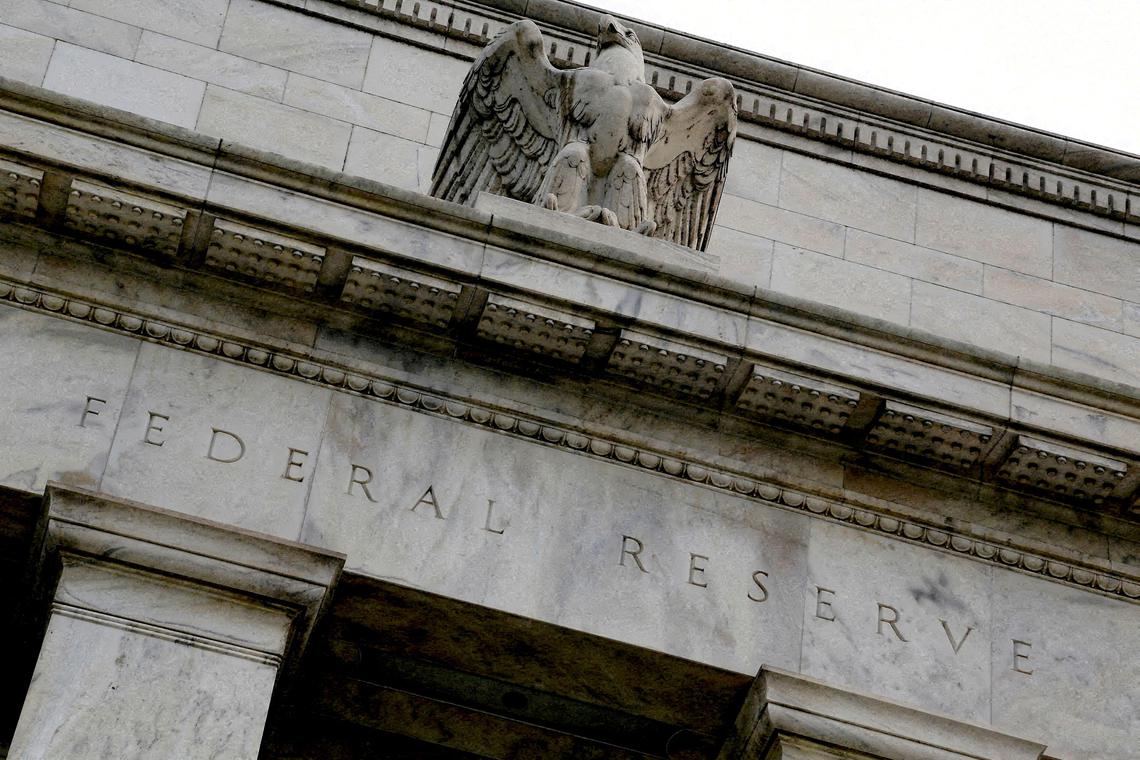Fed Rate Cut Could Ease Asian Economic Pressures, ADB Reports
Asian Development Bank Chief Economist Albert Park suggests upcoming US Federal Reserve rate cut could provide relief to Asian economies dealing with trade tariffs and debt pressures.

Asian Development Bank headquarters with economic indicators display
The anticipated US Federal Reserve interest rate cut could provide crucial relief to Asian economies still navigating the impacts of trade tariffs, according to Asian Development Bank (ADB) Chief Economist Albert Park speaking in Sydney on September 8.
Expected Rate Cut and Regional Impact
The Federal Reserve is projected to implement its first monetary policy easing in 2025 during its September 16-17 meeting, following reports of cooling US job growth and rising unemployment. Standard Chartered anticipates a 50 basis point reduction, which Park suggests would be "beneficial for financial conditions in the region."
Similar to how significant financial developments can impact regional markets, the rate cut would provide breathing room for loan repayments across Asia.
Vulnerable Economies and Trade Tensions
Park identified Laos and the Maldives as particularly vulnerable, citing their high debt levels and increasing costs of servicing US dollar-denominated loans. However, he noted that most Asian economies remain "pragmatically managed" with sound macroeconomic foundations.
Tariff Impact on Regional Trade
US import levies on Asia have reached historic highs, averaging 27.8% according to ADB calculations, significantly above the mean US tariff rate of 18.6%. This has particularly affected China and India, while most other Asian nations face rates between 15-20%.
Despite these challenges, regional economic cooperation remains strong, with Park noting that the uniformity of tariff rates has helped preserve manufacturing stability across the region.
Looking Ahead
The ADB plans to release updated economic growth forecasts for Asia later this month, with projections expected to align closely with July's revised estimates. The bank previously adjusted its 2025 growth forecast for East Asia to 4.3% from 4.4%, reflecting the ongoing impact of trade tensions and tighter global conditions.
Jack Thompson
Reporter based in Sydney, Jack covers climate issues, migration policies, and Australia's Indo-Pacific strategy.
